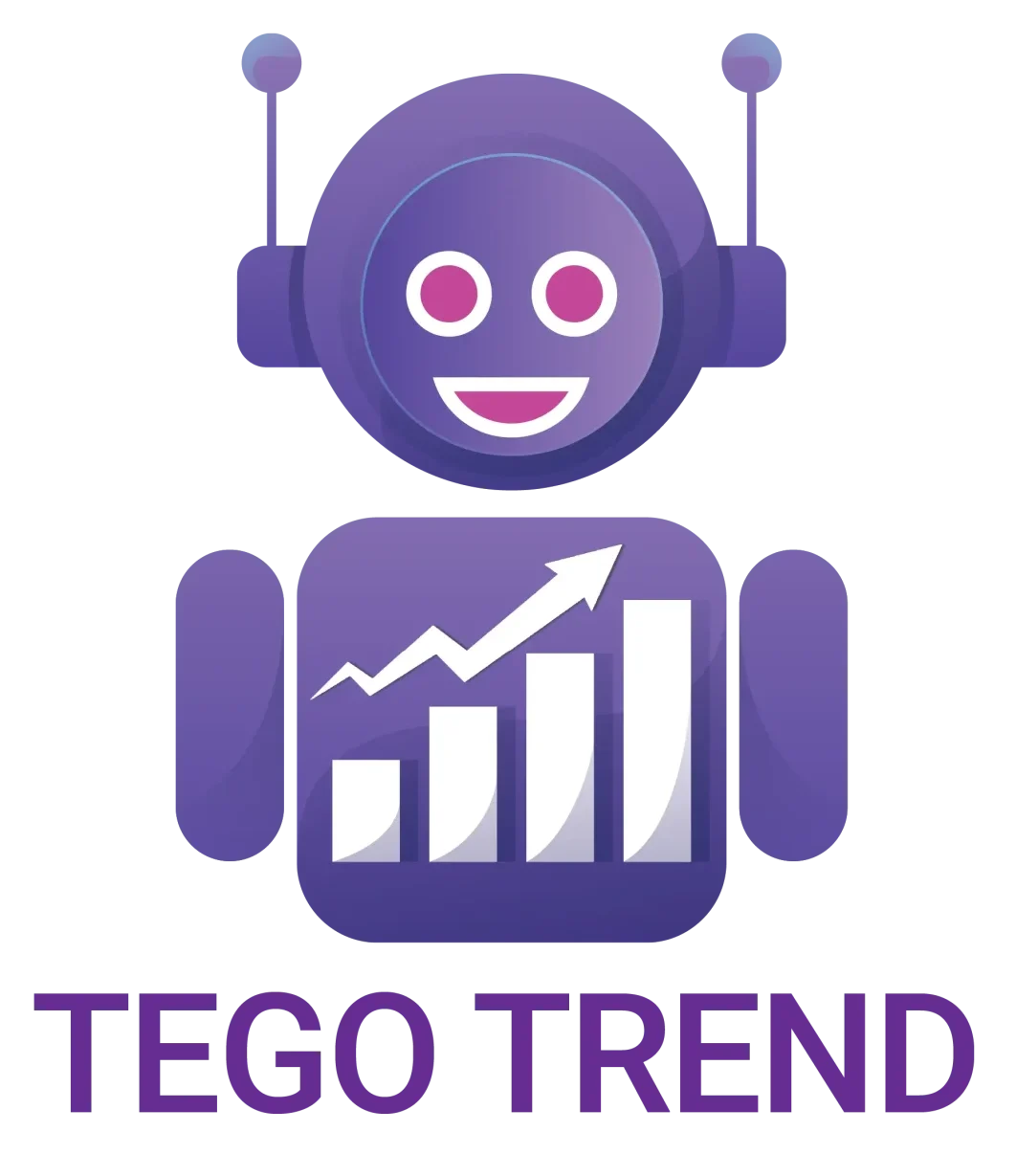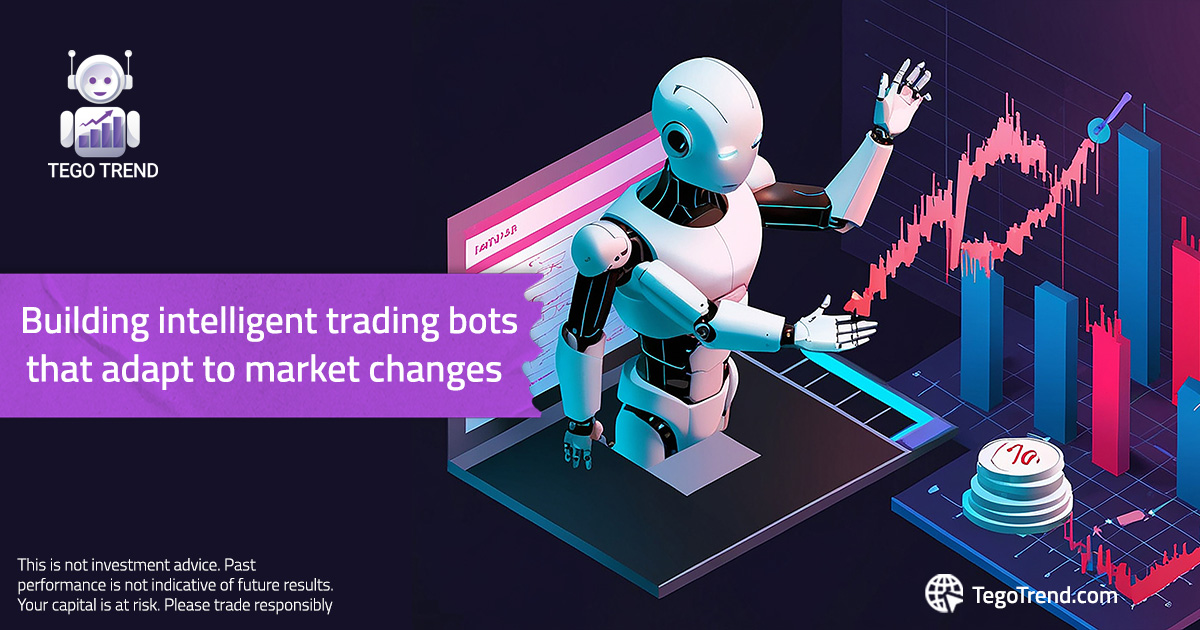Building Smart Trading Bots that Adapt to Market Changes
In the world of trading, constant market changes present a major challenge to any fixed strategy. Prices don’t always move in a clear direction, and economic or political triggers can suddenly disrupt balance. That’s why building smart trading bots—capable of adapting to different conditions, analyzing evolving patterns, and making informed decisions using AI—is essential. These bots don’t just execute orders; they actually “understand” the market and respond to it in real time.
Analyzing Market Data to Enable Flexible Reactions
To make a bot adaptable, it must be equipped with mechanisms to analyze live data and connect it to historical scenarios. This includes using indicators such as:
Moving Averages to detect trend direction
Relative Strength Index (RSI) to measure momentum
Bollinger Bands and ATR to assess volatility
Using AI to Build Behavioral Models
Artificial Intelligence is the beating heart of adaptive smart bots. With technologies like neural networks and reinforcement learning, the bot can learn from historical data and build a behavioral model that evolves continuously over time.
Dynamic Risk Management
A smart bot adapts not only to opportunities but also to risks. When signs appear that the market is entering a volatile or unstable phase, the bot automatically adjusts its strategy:
Reducing trade size
Raising stop-loss levels
Or even pausing trading temporarily
Continuous Development
One of the most important features of an adaptive bot is its ability to review its own performance and adjust its behavior based on outcomes.
After each time period or number of trades, the bot analyzes results:
Was the strategy effective?
What was the win rate compared to previous periods?
Did any new patterns emerge that deserve attention?
Real-World Application Scenarios
In advanced bots, several approaches are combined:
One algorithm defines the overall market condition (trend – ranging – calm)
Another chooses the best strategy from a set of predefined strategies
A third algorithm identifies the entry and exit points based on real-time data
This distribution turns the bot into a fully integrated analytical unit that responds instantly to the market.
Conclusion
Building a smart trading bot that can adapt to market changes is no longer a luxury—it’s a real necessity in today’s ever-changing environment. Combining AI technologies with real-time market analysis enables developers to create trading systems that are more flexible, safer, and better equipped to handle surprises, while maintaining consistent performance over the long term.


